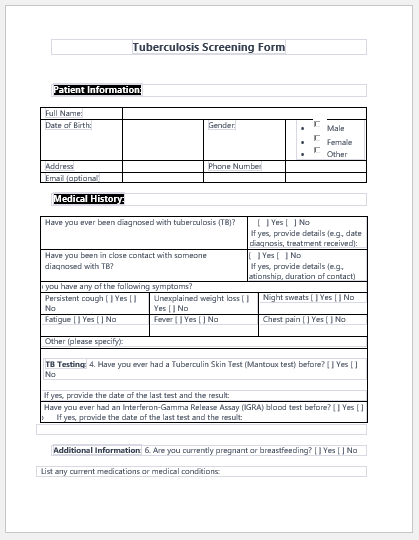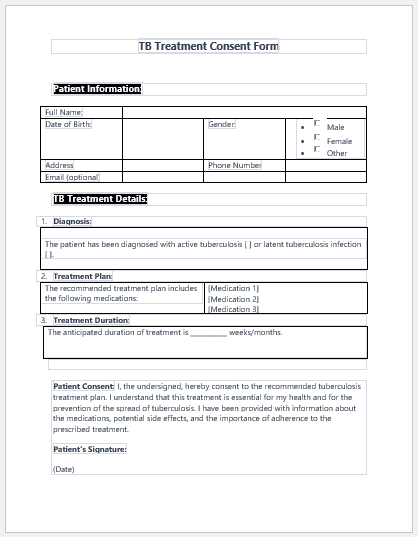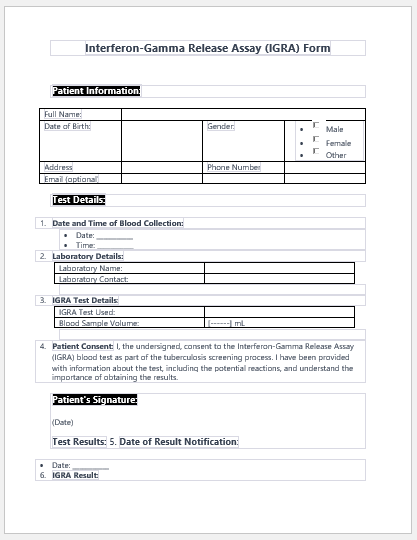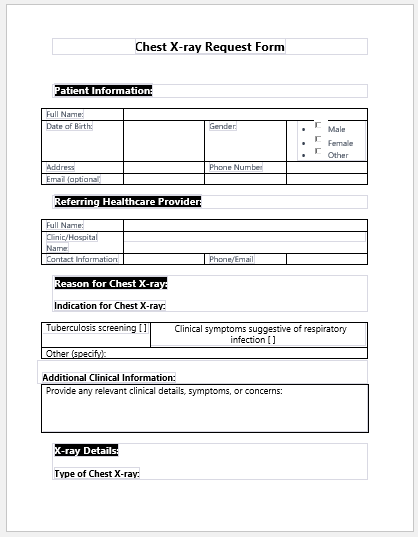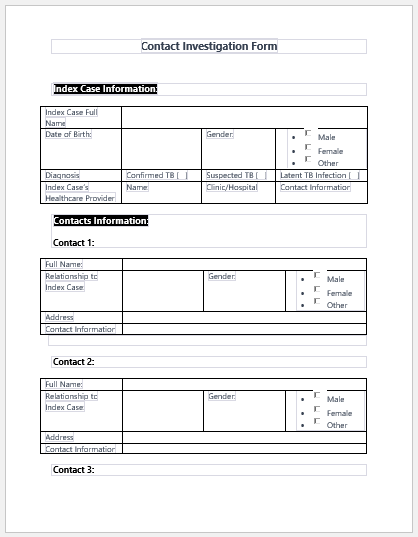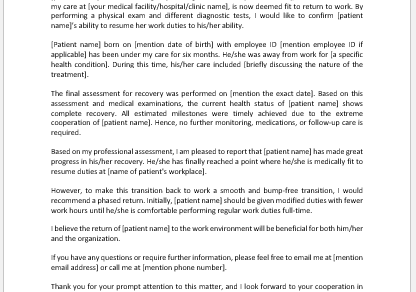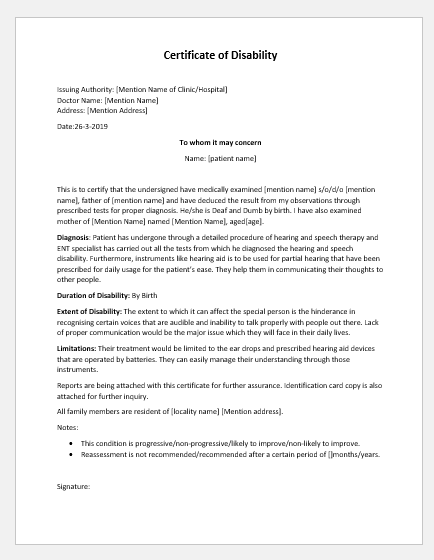TB, or tuberculosis, is an infectious disease mainly of the respiratory tract caused by an atypical bacteria called Mycobacterium tuberculosis. Although it affects mainly the lungs and other parts of the respiratory tract, it can also affect other organs of the body. For example, tuberculosis of the spine and intestinal tuberculosis are other forms of tuberculosis.
There was a time when tuberculosis was considered to be an untreatable disease. However, with the advancements in research, studies, and pharmacological development, it is completely treatable. It was previously called a common consumption disease because it caused major weight loss.
Signs and Symptoms of tuberculosis or TB
As mentioned earlier, the most common form of tuberculosis is respiratory or pulmonary tuberculosis. It causes an excessively productive cough that occurs mostly at night, a fever that is mostly low-grade, night sweats, and most importantly, the loss of weight.
Other signs and symptoms of TB depend upon which organ they are affecting.
Tuberculosis is a highly contagious disease that spreads through contact. So, it is necessary to treat a patient with TB and make him completely free of bacteria.
Diagnosis of TB
Treating a TB patient requires a timely diagnosis. Most of the time, in underdeveloped countries or areas of low income and literacy, the incidence and prevalence of tuberculosis are high, along with other diseases showing similar signs and symptoms. So, many a time, it becomes difficult to make the diagnosis of TB solely on a clinical basis.
Diagnostic tests for TB
Some of the diagnostic and screening tests for tuberculosis are listed below:
- Chest X-ray
- Sputum cultures for acid-fast bacilli
- IGRA
- Monteux test (for screening of TB)
TB test report
A TB test report is done, especially in areas where there are high suspects of tuberculosis. It is used by a lot of organizations for the detection and treatment of tuberculosis. Some underdeveloped countries have made the diagnosis and treatment of TB free of charge to eradicate the disease from the face of the earth for good.
This form is also useful in the reporting of tuberculosis and helps in starting a 6-month-long treatment of the disease.
How is this form filled? Let’s discuss that in a bit of detail.
- On the topmost portion of the form, the name of the organization and its address are mentioned. Sometimes, the printed forms come with the names of organizations already printed on them. So, you can move over to the next section of the form directly.
- The name and address of the TB patient are very important for follow-up and checking the status of their compliance.
- Then there are two screening and diagnostic tests written. You have to mention which test you conducted and why you skipped it. Usually, the intra-dermal screening test is done after the X-ray findings are suggestive of TB.
- The date of the test when conducted and the results of the tests are also mentioned.
- The physician then signs the report, declaring if the person has been diagnosed with TB or not.

